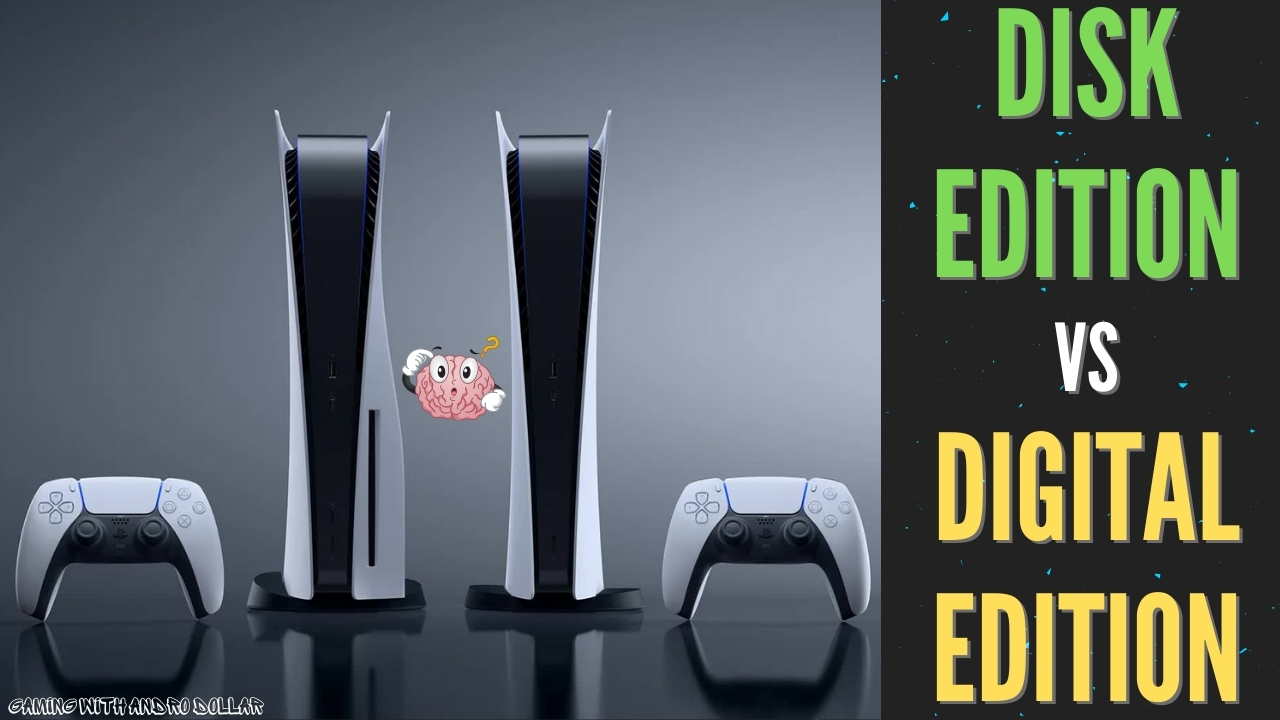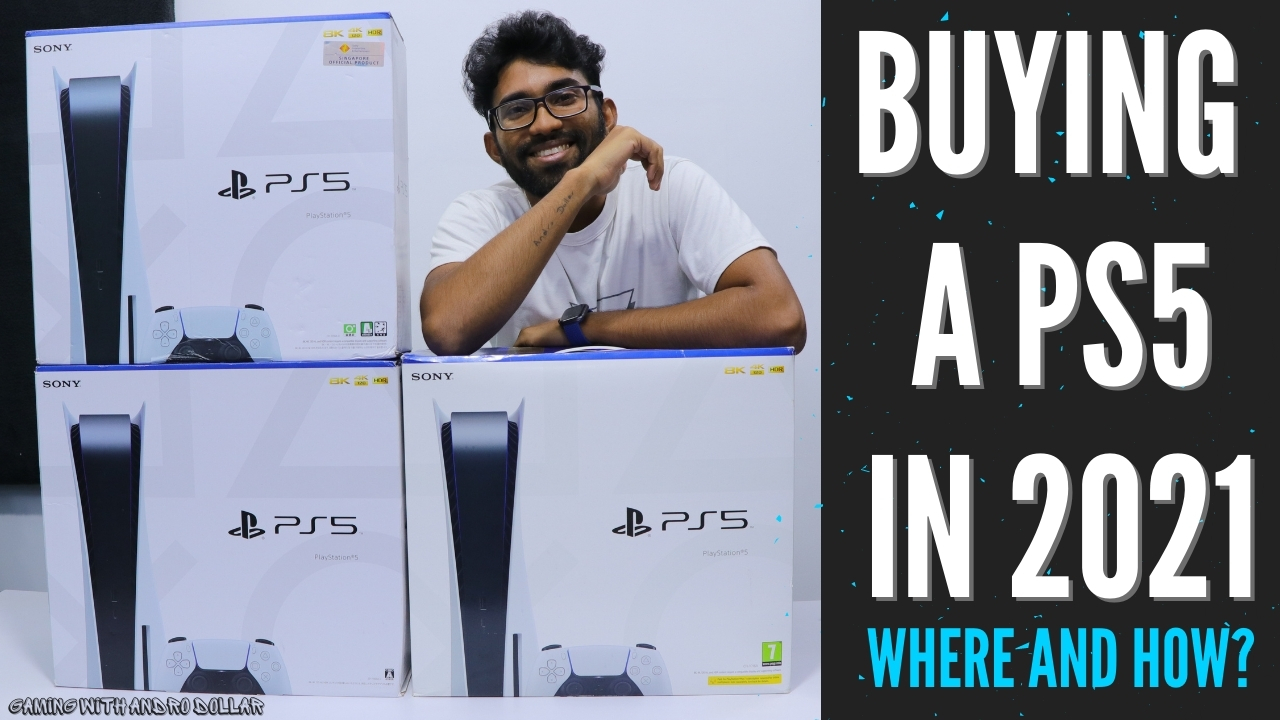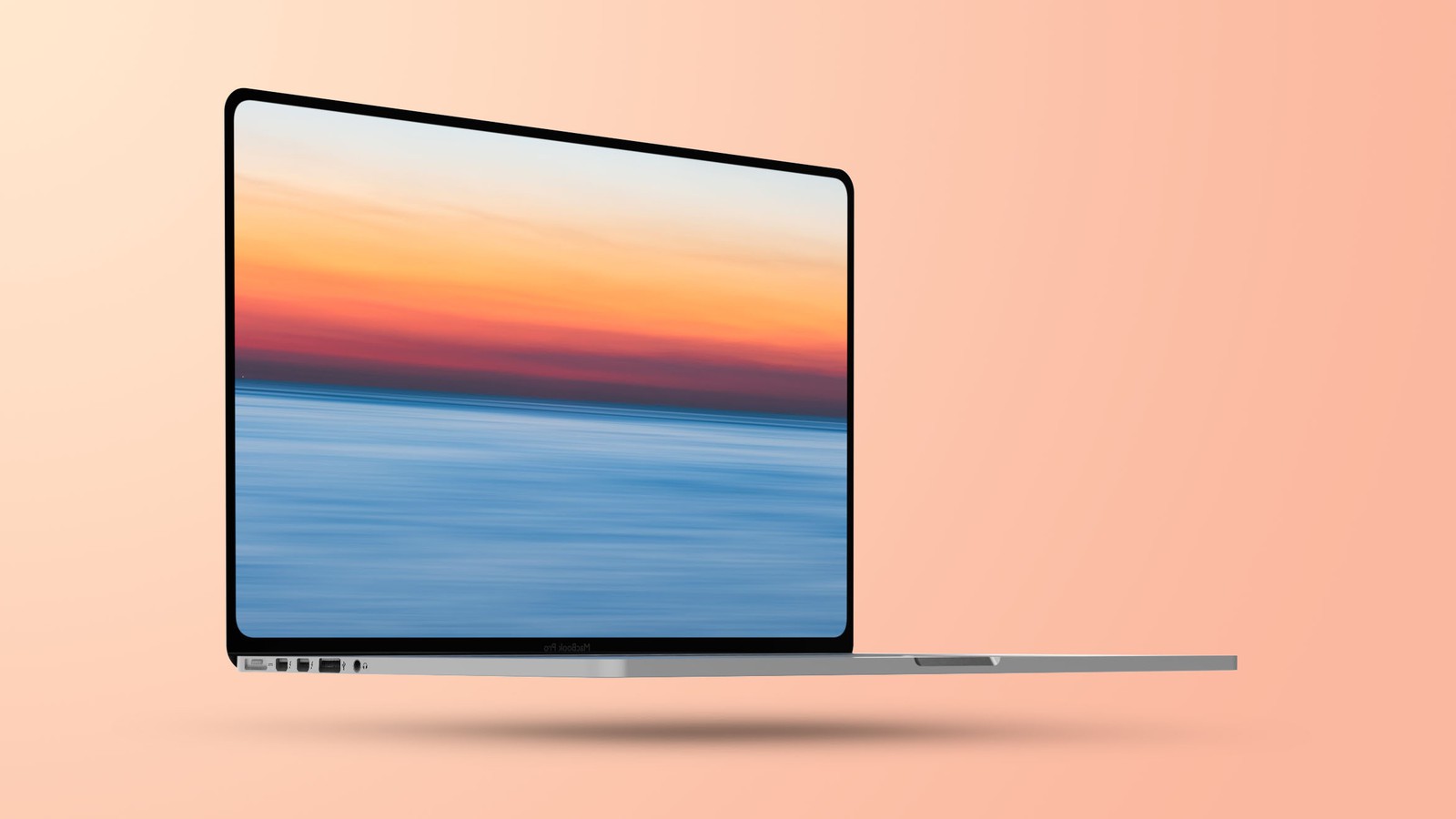Can you imagine the idea of still being able to use your old HTC HD2 under today’s hardware standards? There’s no denying that we all miss a specific smartphone we fell in-love with years ago, and I’m sure many of you would wish to still be able to use it today if the hardware was current to today’s software demands. Others would also like to be able to upgrade the camera of their HTC One, but wouldn’t mind keeping its beautiful design for another year. The idea of Modular smartphones that will allow you to do this has been on the news since mid-2013 with Motorola’s announced concept.
Smartphones with interchangeable parts is the future… or so companies like Motorola and ZTE believe. Both manufacturers are currently working on prototypes of what’s known as modular smartphones. Such a device, if it comes to market, will give consumers a few benefits: the chance to customize their phone exactly the way they want, the ability to upgrade specific parts (or modules) of your device without having to upgrade to a completely new version, the option to buy and sell individual modules to others and less electronic waste left over as a result. Neither Motorola or ZTE has exactly kept their efforts a secret, but what we’re unsure of is when we can expect to see real hardware show up on the market. Fortunately, ZTE showed off its first concept device (under glass, unfortunately) on the CES floor this week, and reps told us that we should plan on seeing this concept come to fruition within the next two years.
The phone, known as the Eco-Mobius, looks a lot sleeker than what we’ve seen of Ara so far, and is divided into four separate swappable modules for LCD, core (processors, RAM and ROM), camera and battery. This comes in quite handy for enthusiasts of all kinds who want to take advantage of different modules; if you’re into photography, you could theoretically take multiple modules with you, each one with its own strengths and weaknesses — we’d fancy having a macro lens module for specific shots. Perhaps you want to change the size of your screen, depending on whether you’re at the office, at home or a party? No problem. Need a stronger battery? Sure thing. In addition to making this kind of phone a reality, its designers are also putting together a platform in which users can buy, sell and trade modules with each other. Hopefully we’ll see more of this concept as things come together, but so far we’re very curious about how the final product will look down the road.









